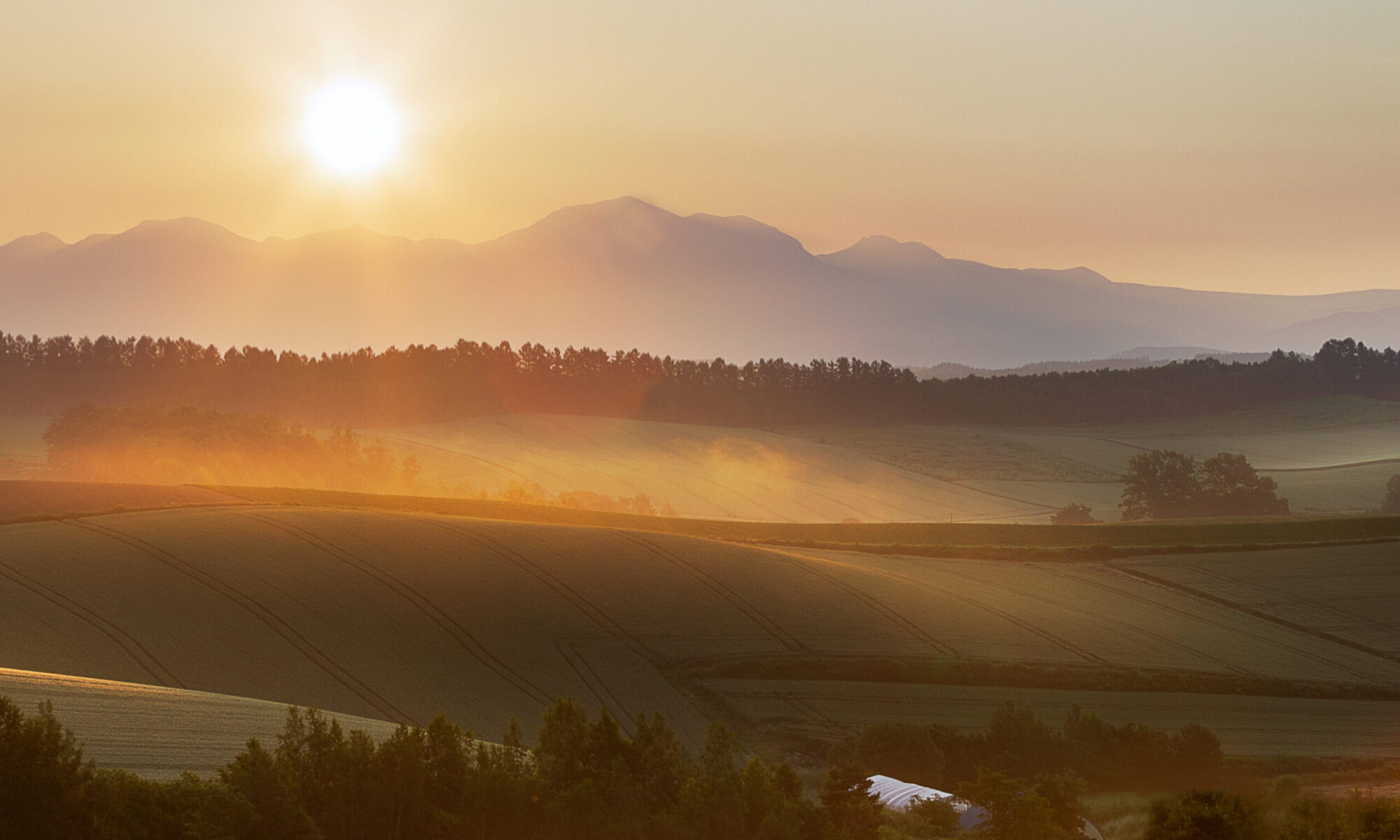Rubbish and recycling in Japan can take a while to get your head around. It is very particular. If you can make it through your first year without having your rubbish or recycling refused at least once, you must be some sort of super human.
- Ask for a pictograph of your rubbish system from your supervisor or at the Town Hall.
- Many towns do not like it if you put your rubbish out early. Best to do it on collection day rather than two days before. (If you are going on holidays, you can ask a neighbour or friend to put it out for you.)
- Keep any eye on the rubbish collection area. If you have made a mistake with your rubbish, the bag will be left there with a large notice stuck to it. Retrieve it and re-sort the garbage into new bags. If you are still having trouble figuring it out, ask for help from a neighbour or colleague.
Here’s a general break down of the rubbish chart. Disclaimer: “every situation is different.” In other words, some towns may vary.
Rubbish/ Trash/ Garbage/ Gomi
燃やすごみ: Combustibles
General waste, cloth and leather, rubber and vinyl products, non-recyclable plastic, cigarette buts, cooking oil (tied up in another plastic bag). Depending on your town food scraps may fall into this category. Some towns have a separate system for composting.
燃やさないごみ: Non-combustibles
Metal products: Pots, kettles, razors, lighters, kitchen knives etc. Glass and ceramics. Canisters. Other: shells, lightbulbs, small appliances
粗大ごみ: Oversized items
Furniture, household appliances, bicycles, tree trimmings
資源ぶつ Recycling
Cans
Fruit cans, beer cans, confectionary tins, bottle cans. Thoroughly rinse cans. Note: Metal lids (like that found on a canned coffee bottle goes in Non-combustibles.)
Glass bottles
Self-explanatory. Rinse out all bottles and dry. Metal lids, again go in non-combustibles.
PET bottles/ plastic bottles
Wash out bottles, peel off plastic labels and remove plastic lids – These both go in “Other Plastic.”
White Trays
Usually fish or meat trays. Polystyrene-like trays can be any colour, but plastic trays are to be only white. Clear and other colours go in “Other Plastic.”
Other plastic
It’s all sorts; plastic bags, clingfilm, food wrappers, empty shampoo bottles, ketchup bottles, toothpaste tubes, instant ramen bowls, egg cartons, onion sacks, and of course plastic caps and labels. Anything with the label プラon it.
Newspapers and flyers
These are piled together. Tie them tightly together.
Magazines and books
This includes, copy paper, calendars, cards, paper bags, etc. pile and tie the same way as the newspapers.
Paper packs
Milk and juice cartons. Rinsed, dried and laid flat. Again, pile and tie.
Cardboard boxes
Dido. The Kanji for “box” is usually printed on the box itself and it looks like this: 箱 You may also find other symbols printed on the box, usually the sign for plastic. This lets you know that there are other forms of recycling or rubbish contained inside.
